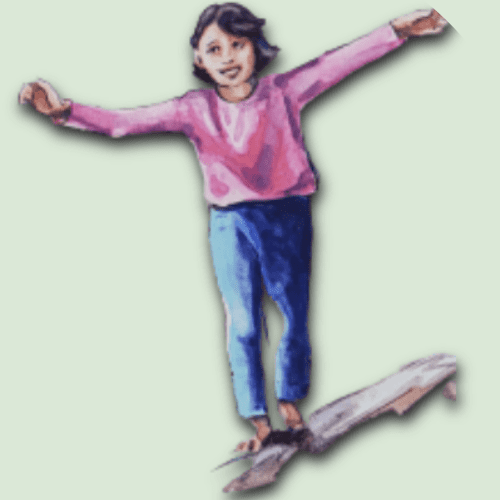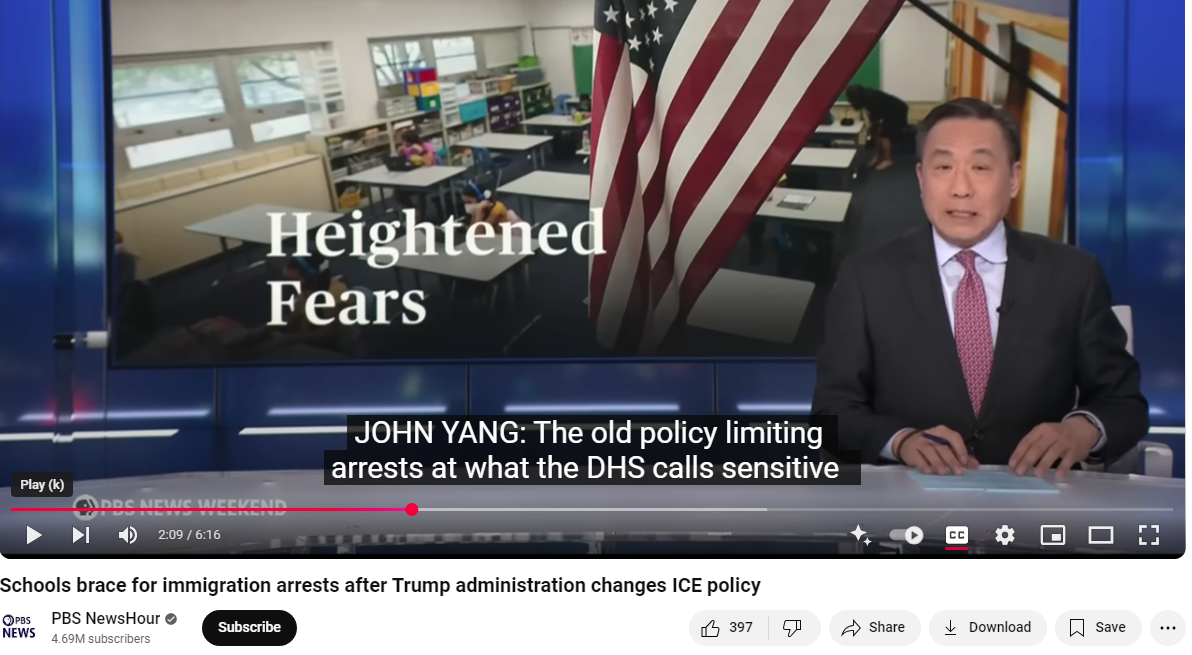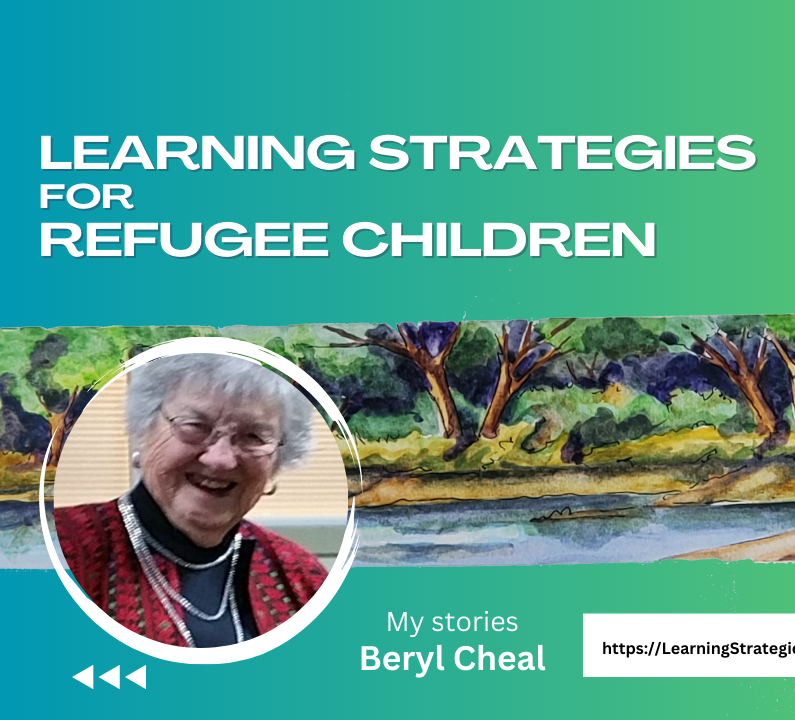Forced displacement and forced dislocation profoundly affects the psychological well-being of children, as they grapple with the loss of their homes, familiar surroundings, and personal identities. This article explores the implications of forced dislocation for children, focusing on the experiences of refugees.
I delve into the psychological processes disrupted by displacement and examine the catastrophic impact of sudden and unexpected loss on children’s physical and mental health. Highlighted are also the profound issues of trust, cultural loss, and the need for a sense of belonging that can hinder the well-being of refugee children.
Dislocation: Psychology of Place
When M. T. Fullilove (as found on page 12, in Educational Interventions for Refugee Children, a book listed in Resources on this site) talks about “psychology of place”, she describes three factors that make up how we feel about a place – where we live. She describes the connections between individuals and their environments in these ways:
- Place attachment – the bond or the good feeling that a person has for their home, to the land, to the buildings, the gardens, trees, water, animals.
- Familiarity with the surrounding area, places in the community to buy food, the bakery, market, schools, places of worship, neighbors, gathering places, health facilities.
- Personal Identity – Culture, status in the community, family, friends, places of work, the work that people do, personal feelings of self-worth.
These are lost and abandoned when people are forcefully displaced from their countries as is the case with refugees. Dr. Bruce Perry (Child Trauma Academy, listed in Resources on this site) has found that the loss of these psychological processes are profound for children – especially profound when the loss is immediate. He says that if children are warned ahead of time and have had a chance to think about leaving it is easier.
Sudden loss, an abrupt move, or unanticipated leaving can be disastrous for children.
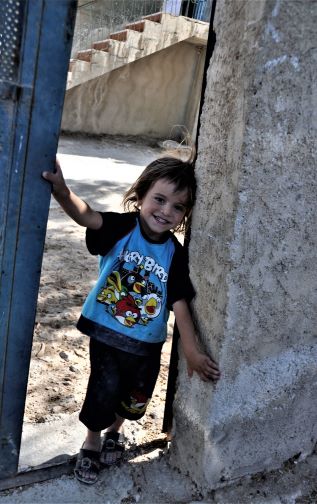
Whereas refugee children no doubt have been aware of violence in their communities and may have heard discussions of the possibility of leaving if things get worse – when it finally happens it is unexpected and can be catastrophic. It is a jolt to children’s physical and mental health.
Not only are refugees forced to leave their homes, but by some accounts, perhaps the most significant effect from all of the experiences that refugees endure, is having been betrayed by their own people, by enemy forces, or by the politics of their world in general. Who can someone trust?
In addition, the loss of culture, a child’s personal identity, and feelings of belonging (or not belonging) are huge issues that can easily be detrimental to the well-being of children and adults alike.
Forced Dislocation: What Adults can Do to Help
Here are thoughtful things that adults can do to help children make some adjustments to their new circumstances.
- If a refugee child is going to be part of a group of children, work with the classmates to warmly greet the new member by being friendly and showing appreciation of the child’s culture.
- Learn the new child’s name (and how to pronounce it correctly) and a few words to say in his/her language – like “hello,” and “goodbye”. The new child may be reluctant to say anything so find out the name of the child and a few words in his/her language from the person who brings the child to the program. Ask how to spell the child’s name in their language.
- Ask one of the children in the group to be a special buddy/friend to the new child.
- Have all of the children in the class wear name tags. (It’s fun for them to make their own!) “This is who I am. And I am proud of who I am!” Write the name of the new child in their native language. You might also write it in English. Have both names. Children should wear their name tags at least for the first six months of the school year. So that the new child does not feel embarrassed by being the only one wearing their name tag, all children should wear one. It is also a good way for children to see what their name and others look like in written form. – it becomes a pre-reading learning activity and provides a good time to discuss writing similar words in different languages. The words look different but have similar meanings.
- Create play experiences that do not require English. Play-based activities help create an environment where children can work together without using language.
- Provide expressive art activities such as: play dough, clay, painting, drawing, music and dance.
- Listen without judgement to children’s stories if they want to share them.
- Design opportunities to connect with the homeland by children bringing stories and songs their grandmother learned when she was young – teach them to the class, ask refugee adults to teach the class traditional dances, draw/paint pictures of home, write stories about games they played back home and then draw a picture about it. If children can’t (or for some reason don’t want) to write, the teacher can be a scribe for the story the child tells. Memories are wonderful. They help us stay bonded to people and places.
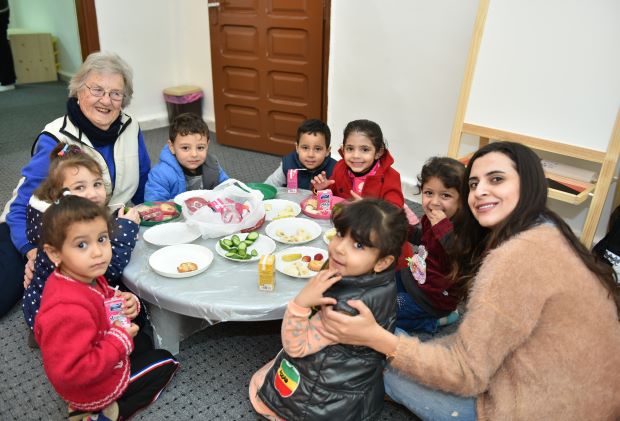
Forced Dislocation: Seeking Professional Help
Sometimes it is important to seek professional mental health services if they are available, for kids who don’t respond positively to the mitigating activities and actions of teachers, caregivers, volunteers, parents. Most refugee children, however, find the caring actions of the adults and children they are with in our programs to be comforting and with time are able to find belonging with these new friends.
Remember that each child responds to events differently. Some children may not show upsetting responses to trauma because they are able to cope with what they have experienced. Others may show concerning behaviors a short while later and for others their responses might be several years later. But the work you do with refugee kids will be useful and helpful even if they have not had difficulty regulating their emotions or shown other behaviors that often are associated with normal responses to traumatic events.
Haley E. Lansing in her review of refugee children’s literature (listed in Resources on this site) finds that:
- Children who experience trauma and exposure to an unsafe environment communicate better through visuals than words.
- Narrative therapy and storytelling support mental health.
- Refugees are more comfortable with silence than with verbal communication.
- Art can promote a sense of home and comfort through similarities, relationships, culture, and community.
While the challenges faced by refugee children are immense, there are various ways adults can support their adjustment to new circumstances. Creating a welcoming environment, promoting cultural appreciation, and facilitating non-verbal play experiences can help foster connections and resilience. Expressive art activities provide avenues for self-expression and connection with their heritage. Furthermore, listening without judgment and encouraging connections to their homeland through stories and songs can provide solace and a sense of continuity.
It is important to remember that each child responds differently, and some may require professional mental health services. Nevertheless, the caring actions of adults and peers can be profoundly comforting, helping refugee children find a sense of belonging and navigate the path toward healing and stability. Through these efforts, we can make a meaningful difference in the lives of these resilient young individuals.
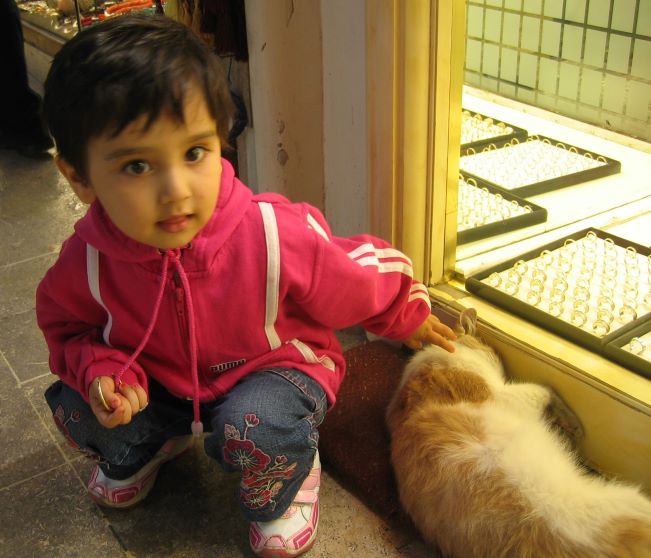
Contact Beryl for additional information.
